Latest NRAO News
News is managed by NRAO News & Public Information. Questions about News? Have a story to share? Want to interview a scientist or create new media about our telescopes?
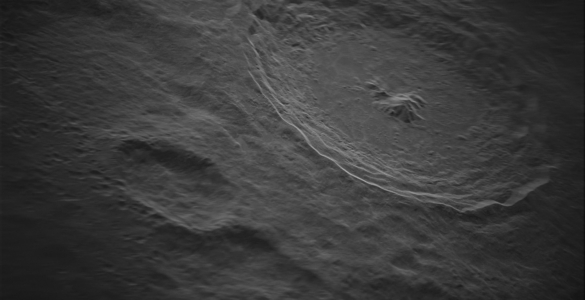
Astronomers study the universe by capturing light from the sky, but they can also learn thing by sending radio light into space.
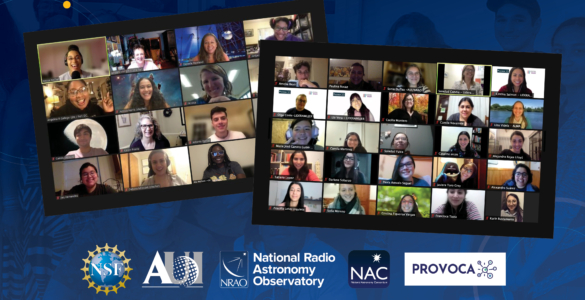
Released in November 2021, the Astronomy and Astrophysics Decadal Survey—Astro2020—not only set scientific priorities for the discovery and study of potentially habitable worlds and finding answers to big questions about the nature of the Universe, but also emphasized the importance of diversity, equity, and inclusion (DEI) in the field of astrophysics. The inclusion of DEI initiatives in the report signals a shift in the industry, one for which the National Radio Astronomy Observatory (NRAO) and its partners have been building a foundation for over a decade.

The National Science Foundation (NSF) has awarded the National Radio Astronomy Observatory’s Central Development Laboratory (CDL) $250,000 in Partnerships for Innovation (PFI) funding to support the proof-of-concept development of high-performance reflectionless radio frequency filters at 40 GHz and above for high-frequency applications, including wireless and defense.
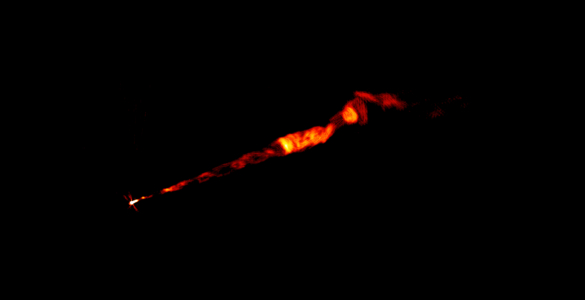
Astronomers used the VLA to trace a corkscrew-shaped magnetic field in a powerful jet of material ejected from the core of a massive galaxy farther away from the central galaxy’s central black hole than ever seen before. The new images provide clues that will help understand the mechanics of such jets, which are seen throughout the Universe.
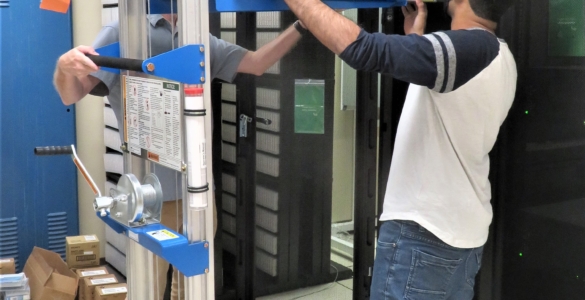
A system designed to provide streaming data from the VLA to SETI Institute equipment to search for radio transmissions possibly generated by extraterrestrial civilizations has successfully completed its first test.
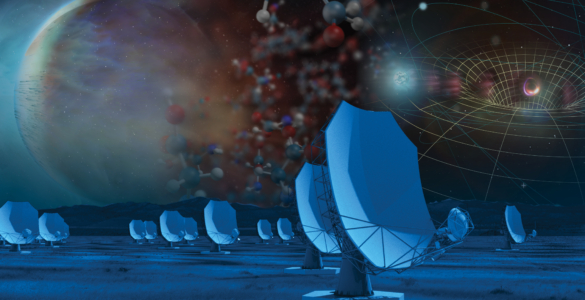
The Astronomy and Astrophysics Decadal Survey (Astro2020) of the U.S. National Academy of Sciences has given high priority to the Next Generation Very Large Array (ngVLA) as part of its strategy and vision for the next decade of research at the frontiers of astronomy and astrophysics.





